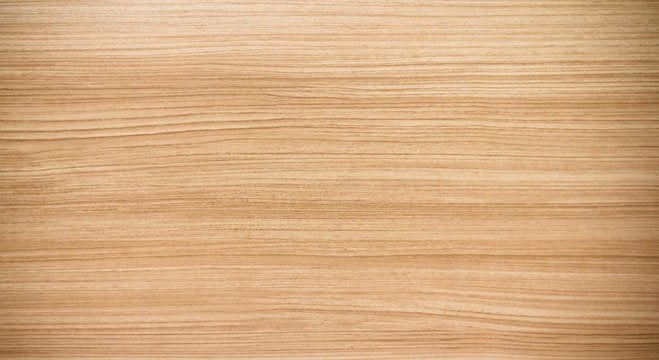
Exploring the Science Behind Why Fiber Lasers Fail on Wood
Exploring the Science Behind Why Fiber Lasers Fail on Wood
At first glance, it might seem odd that a powerful fiber laser capable of cutting metal with surgical precision struggles to even mark a piece of wood. After all, if it can slice through steel, shouldn’t wood be a breeze? The answer lies deep in the physics of how fiber lasers interact with organic materials — and understanding that science helps explain why CO₂ and diode lasers still reign supreme in woodworking.
1. Wavelength: The Invisible Deal-Breaker
Fiber lasers typically operate around 1064 nanometers (nm) — a wavelength perfectly suited for metals and plastics that absorb near-infrared light efficiently.
Wood, however, is mostly made up of cellulose, lignin, and moisture, which barely absorb light at this wavelength. Instead of vaporizing or burning the surface, the light reflects, scatters, or passes right through microscopic air pockets.
In contrast, CO₂ lasers operate at 10,600 nm, a wavelength that wood absorbs extremely well. That’s why a 40-watt CO₂ laser can char, engrave, and cut wood easily — while even a 100-watt fiber laser barely leaves a smudge.
2. Material Composition and Moisture Content
Wood isn’t uniform — it’s a living, fibrous composite that varies in density, oil content, and water percentage. The uneven absorption and rapid heating from a fiber laser’s narrow beam can cause unpredictable reactions: scorching, cracking, or simply no visible effect at all.
Because fiber lasers generate very high energy in a tiny focal point, they tend to vaporize microscopic areas instantly instead of gradually burning the surface — leading to inconsistent, patchy marks rather than smooth engravings.
3. Thermal Dynamics: Too Fast, Too Focused
A fiber laser’s beam is designed to penetrate dense materials. Its extremely small spot size and short pulse duration create intense localized heat — ideal for engraving metal or creating annealing colors on stainless steel.
Wood, however, doesn’t distribute that heat evenly. Instead of engraving, it often carbonizes or bursts into small flame spots, leaving rough burns rather than controlled designs. Essentially, the fiber laser “overheats” wood before it can properly vaporize it.
4. Reflection and Energy Mismatch
Since wood reflects most of the 1064 nm wavelength, much of the laser’s power is wasted. This inefficiency can also confuse autofocus and galvo feedback systems, leading to distorted engravings or complete failure to mark.
Even applying surface coatings (like black paint or anodizing sprays) only partially solves the issue — the energy still doesn’t penetrate deeply enough to create permanent, clean engravings.
5. Why Some Users Still Try It Anyway
Experimenters occasionally report faint marks using fiber lasers on wood by:
-
Applying dark coatings that increase absorption.
-
Lowering power and increasing line intervals.
-
Using multiple passes.
While this can produce light discoloration, it’s more of a “surface stain” than a true engraving. The result lacks depth, consistency, and durability — not ideal for professional applications.
6. The Takeaway: Right Tool, Right Wavelength
If you’re engraving wood, the science is clear: CO₂ and diode lasers win every time.
Fiber lasers simply operate outside the absorption range of organic materials like wood and leather. But they remain unbeatable for marking metals, certain plastics, and composites — areas where CO₂ struggles.
So while your fiber laser may be the king of stainless steel, aluminum, and brass, when it comes to wood, it’s like trying to cook a steak with a flashlight — powerful light, wrong wavelength.
